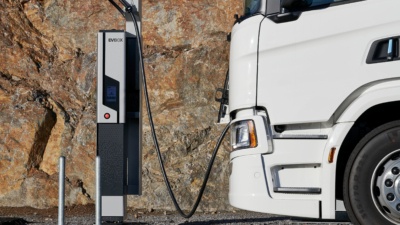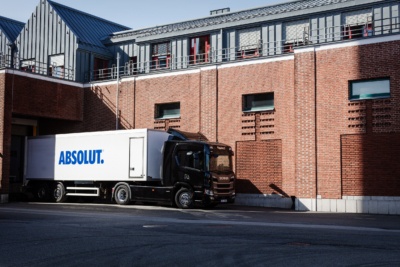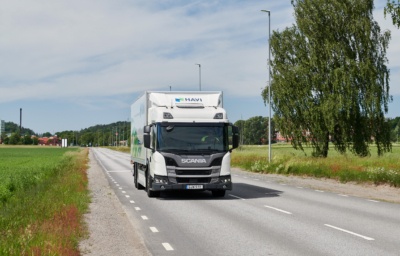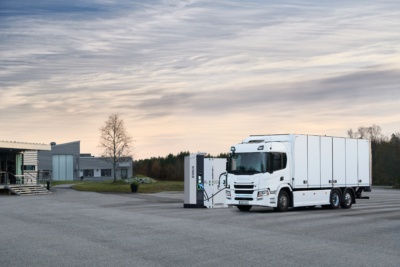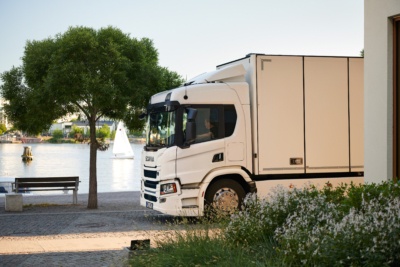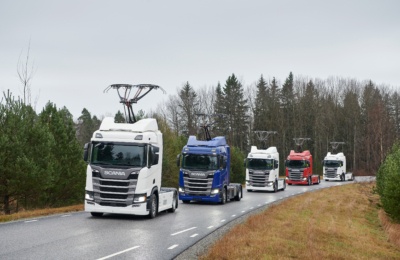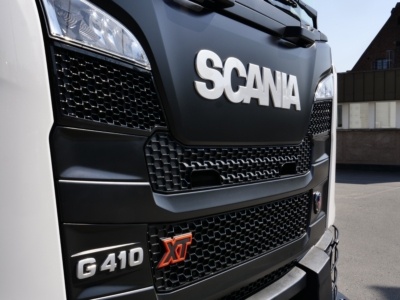The story of Scania and ethanol
Nearly 50 years ago, Brazil experienced increasing sugarcane yields and expressed growing concerns about its energy security. The prospects for processing sugarcane for ethanol seemed promising and the automotive industry was approached to develop suitable engines.
Scania, among others, seized upon the opportunity but by the time the ethanol engine was developed, the global sugarcane market had changed and, with that, so did Brazilian interest in using the fuel for heavy transports.
Scania’s ethanol engine – modular from the start
“We developed the engine within the realm of our modular system with an engine that was very similar to the diesel engine,” says Eva Iverfeldt, Senior Technical Manager for fuels at Scania R&D.
However, although ethanol is perfect for spark ignition engines, Scania instead chose compression-ignited technology similar to that found in diesel engines. “The compression technology is often more suited for heavy duty operations and has a lower energy consumption. We obtain high torque at low speeds and we increase the lifespan of the engine,” explains Iverfeldt.
A mid-80s ethanol revival for cleaner air
This engine was largely forgotten until the mid-1980s, when Stockholm’s public transport authority started focusing on cleaner solutions to boost the city’s air quality.
“At the time, we had huge air quality problems – which were exacerbated in winter – with massive emissions of particulate matter and nitrogen oxide,” says Iverfeldt. The ethanol engine offered huge improvements and at its peak, Stockholm operated more than 400 buses on ethanol fuel.
In general terms, interest in ethanol waned by the early years of the 21st century as other renewable fuels such as biodiesel and biogas became available. But Scania kept up its development. “Thanks to Stockholm Transport, we continued over the years to work with ethanol,” Iverfeldt notes.
In fact, Scania recently launched its fifth ethanol-powered generation with the 410 hp engine and a 280 hp engine is in development. With Scania’s ethanol engine, the same engine effect and the same energy consumption as in diesel engines can be obtained.
Ethanol becoming more prominent again
There is now renewed interest in ethanol for its carbon reduction potential of up to 90 percent. Another renewable fuel, HVO (Hydrotreated Vegetable Oil), is in most respects the perfect alternative to diesel. There is only one major drawback – it’s expensive and there’s not enough. FAME (Fatty Acid Methyl Ester) and biogas, other renewable alternatives, have the same limitations in scaling production.
“Ethanol, on the other hand, is suitable for all types of operations and can be produced in large volumes,” says Iverfeldt.
“There is no lack of raw material for ethanol production but there are insufficient investments in production plants,” says Pål Börjesson, Professor of Environmental and Energy Systems Studies at Lund University.
“To attract investment, there needs to be greater certainty about a stable and growing market. Because of political wavering, the market for biofuels is increasing too slowly as alternatives to diesel. I believe that we will see a gradual increase in ethanol, initially as admixture in petrol.”
Growing ethanol uptake in Europe
Meanwhile, interest is slowly picking up across Europe with Finland, France, Norway and Sweden leading the way. European dairy giant Arla Foods, for example, is presently operating 26 trucks with another eight due to be delivered. Norwegian newcomer Ørland Transport, with a fleet of 120 trucks, will within short take delivery of it first two ethanol-powered trucks.
“Everyone is going for green and thinking green,” says Transport Manager Erik Haugland. “Considering the extensive testing, we don’t see any risks with incorporating these trucks into our fleet. Someone has to try.”
ENDS
